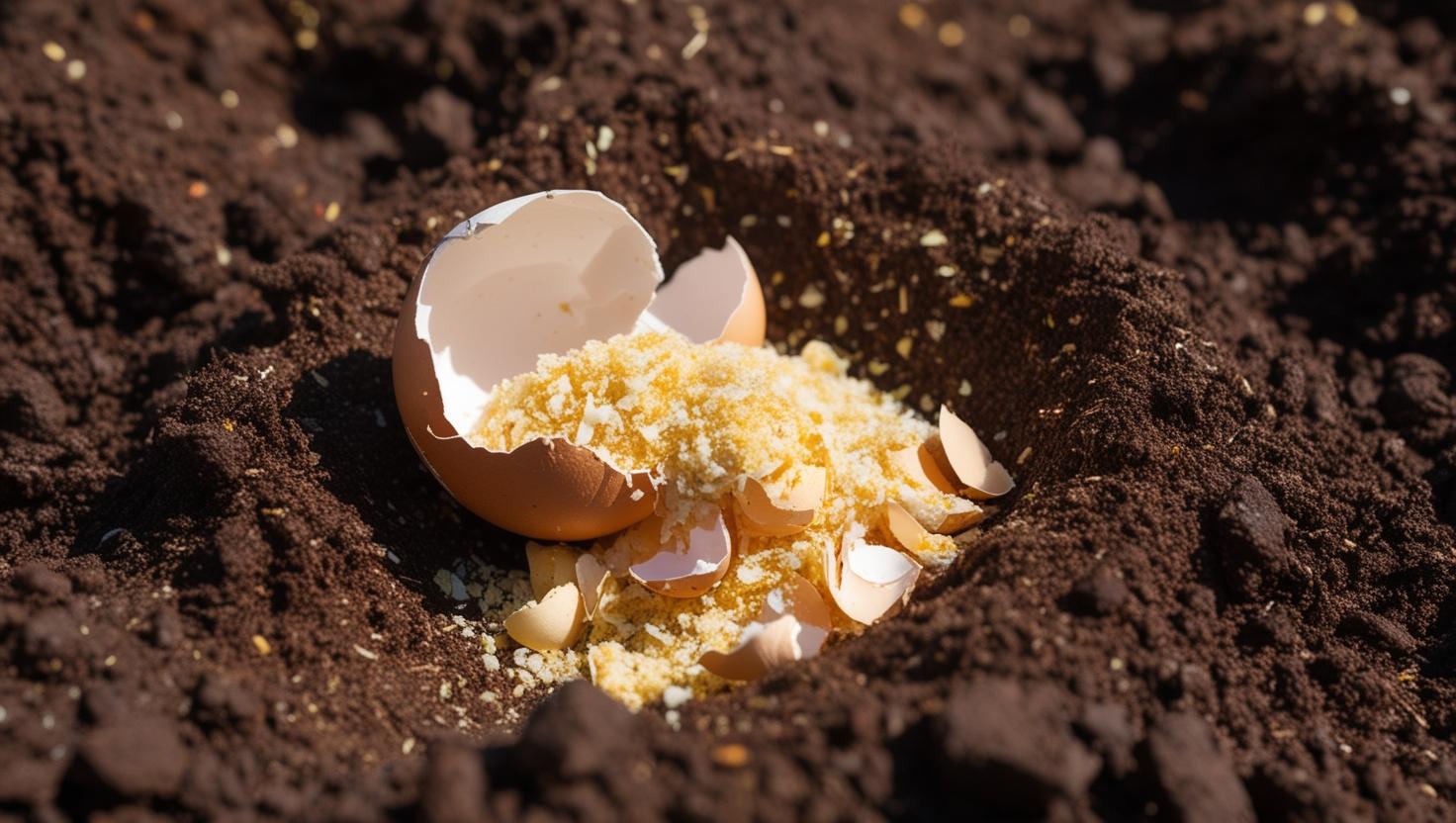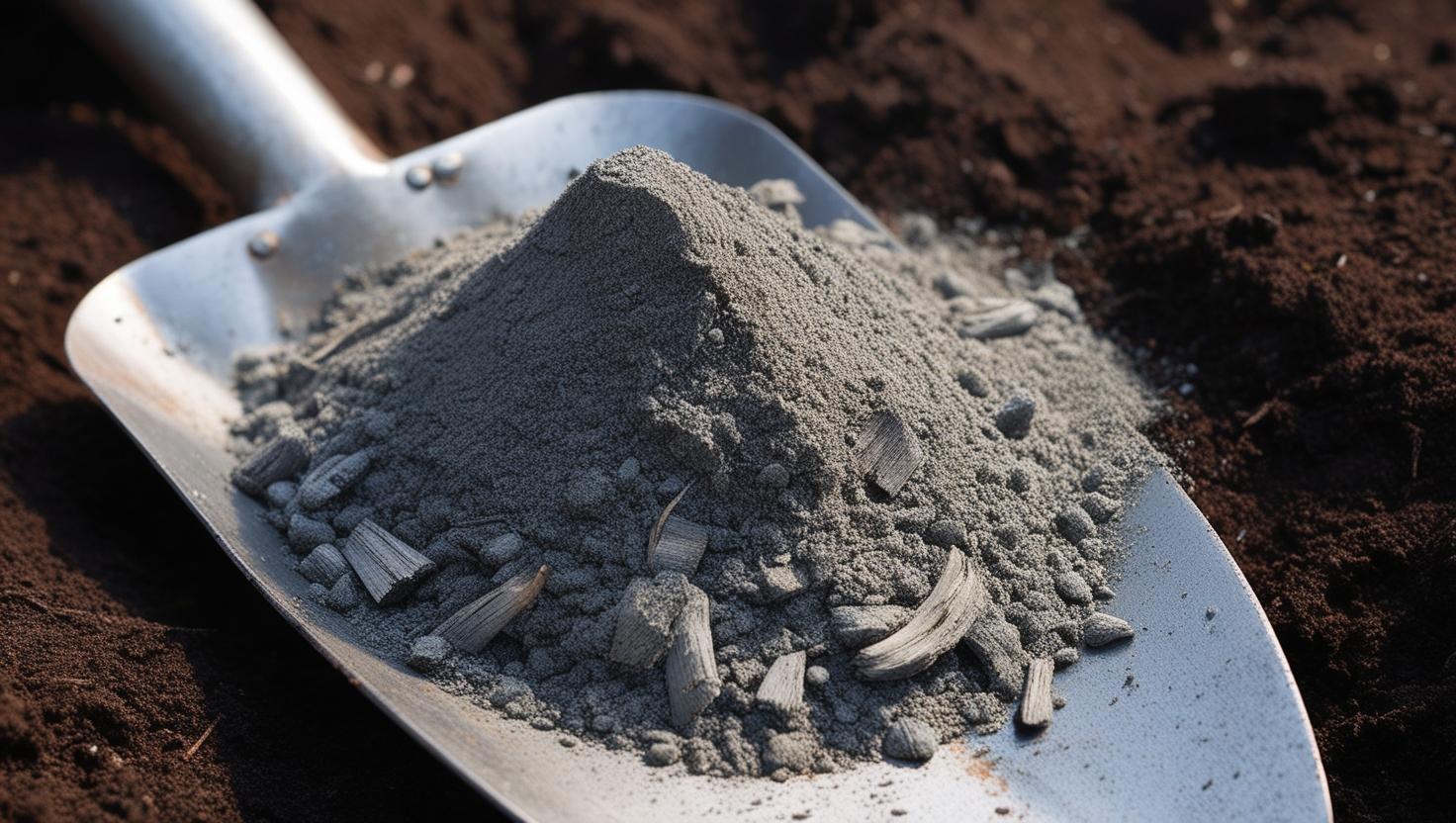Before you toss those banana peels or coffee grounds, hold up—your garden might be begging for them.
Believe it or not, some of the best fertilizers aren’t in a bottle or bag from the store. They’re sitting quietly in your kitchen, waiting to be turned into plant-boosting gold.
Turn Kitchen Scraps into Garden Gold
Here are five easy, eco-friendly DIY fertilizers you can make at home—no chemicals, no fancy equipment.
🍌 1. Banana Peel Brew
Banana peels are rich in potassium, phosphorus, and calcium—exactly the kind of nutrients that support flowering and fruiting.
How to use it:
Chop up a banana peel or two, pop them into a mason jar or jug, and cover with water. Let it steep for 2–3 days, then use the liquid to water your plants. You’ll get a gentle nutrient boost without any chemicals.
Great for: Tomatoes, peppers, roses, and hibiscus.
Photo: banana peels in a jar of water
☕ 2. Used Coffee Grounds
Don’t dump those used coffee grounds just yet! They’re loaded with nitrogen, a key nutrient for healthy leafy growth. Plus, they help improve soil structure and attract earthworms (your garden’s unpaid workforce).
How to use it:
Sprinkle cooled, used coffee grounds around your plants or mix into your compost pile. You can also brew a “coffee ground tea” by soaking them in water for a day or two and using that as liquid fertilizer.
Use in moderation—too much can make the soil acidic.
Great for: Lettuce, spinach, kale, and other leafy greens.
🥚 3. Crushed Eggshells
Eggshells are a wonderful slow-release source of calcium, which helps prevent blossom end rot in tomatoes and strengthens plant cell walls.
How to use it:
Rinse and dry your eggshells, then crush them into small pieces. Sprinkle into your planting holes or around established plants. For a finer texture, grind them into powder with a blender or mortar and pestle.
Bonus tip: The sharp edges can help deter slugs and snails.
Great for: Tomatoes, peppers, and houseplants.
Photo: crushed eggshells being added to soil
🧂 4. Epsom Salt Mix
Epsom salt (magnesium sulfate) isn’t exactly a scrap—but you might already have some in your bathroom cupboard! It helps with chlorophyll production and can boost flower and fruit development.
How to use it:
Dissolve 1 tablespoon of Epsom salt in a gallon of water. Water your plants with this mix once a month. It’s especially helpful if you notice yellowing leaves.
Great for: Tomatoes, peppers, roses, and citrus trees.
Photo: watering can and Epsom salt
🔥 5. Wood Ash Sprinkle
If you’ve got a fireplace or outdoor fire pit, don’t toss that wood ash—it’s full of potassium and trace minerals.
How to use it:
Let the ash cool completely. Sprinkle lightly around your plants or mix into compost. Be cautious—wood ash raises soil pH, so avoid using it near acid-loving plants.
Great for: Carrots, beets, onions, and fruit trees.
Photo: a small shovel of wood ash near garden soil
🌿 Final Thoughts
The best fertilizers might already be sitting in your kitchen. These DIY solutions are free, earth-friendly, and give your plants a gentle, natural boost—no chemicals needed.
Try one (or all!) of these easy recipes and let your garden do the talking.
Got a favourite DIY garden hack? Share it in the comments—I’d love to feature it in a future post!
Happy gardening 🌱
The Grey-Haired Gardener






.jpg)


No comments:
Post a Comment